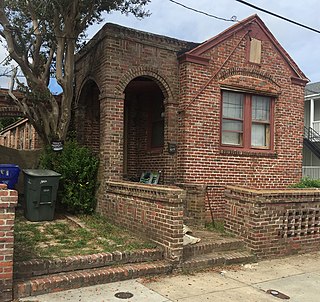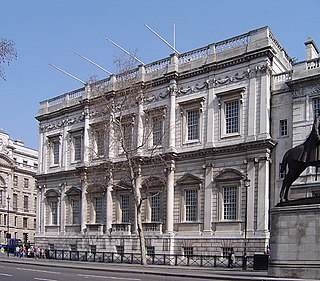 W
WA house is a single-unit residential building. It may range in complexity from a rudimentary hut to a complex structure of wood, masonry, concrete or other material, outfitted with plumbing, electrical, and heating, ventilation, and air conditioning systems. Houses use a range of different roofing systems to keep precipitation such as rain from getting into the dwelling space. Houses may have doors or locks to secure the dwelling space and protect its inhabitants and contents from burglars or other trespassers. Most conventional modern houses in Western cultures will contain one or more bedrooms and bathrooms, a kitchen or cooking area, and a living room. A house may have a separate dining room, or the eating area may be integrated into another room. Some large houses in North America have a recreation room. In traditional agriculture-oriented societies, domestic animals such as chickens or larger livestock may share part of the house with humans.
 W
WAn abaá or abahá is a longhouse located in cities and towns of Equatorial Guinea, especially those of the Fang ethnic group. The abaá has an official, religious and leisure function; In it, activities of all kinds are carried out, cooking, celebrating and men meet to make relevant decisions for the entire community. It is considered a symbolic place of unity and solidarity, and the supreme traditional head of the abaá is called "abbá".
 W
WIn English architecture, mainly from the Tudor period onwards, a banqueting house is a separate pavilion-like building reached through the gardens from the main residence, whose use is purely for entertaining, especially eating. Or it may be built on the roof of a main house, as in many 16th-century prodigy houses. It may be raised for additional air or a vista, with a simple kitchen below, as at Hampton Court Palace and Wrest Park, and it may be richly decorated, but it normally contains no bedrooms, and typically a single grand room apart from any service spaces. The design is often ornamental, if not downright fanciful, and some are also follies, as in Paxton's Tower. There are usually plenty of windows, as appreciating the view was a large part of their purpose. Often they are built on a slope, so that from the front, only the door to the main room can be seen; the door to the servants' spaces underneath was hidden at the back. The Banqueting House, Gibside is an example.
 W
WThe DeVault-Massengill House is a historical building and farmstead in Piney Flats, Tennessee, United States. The house is a mansion built in the Greek revival style by Isaac DeVault in 1842. The first building on the property, a log cabin built by Henry Massengill around 1769, is also still intact. The house and property was listed in the U.S. National Register of Historic Places as the DeVault-Masengill house in 1985 for its architectural significance.
 W
WLongère is the name for a long, narrow dwelling, developing along the axis of its peak, typically inhabited by farmers and artisans and typical of the regions of Brittany and Normandy in northwestern France.
 W
WA house plan is a set of construction or working drawings that define all the construction specifications of a residential house such as the dimensions, materials, layouts, installation methods and techniques.
 W
WHundreds of Ancestral Puebloan dwellings are found across the American Southwest. With almost all constructed well before 1492 CE, these Puebloan towns and villages are located throughout the geography of the Southwest.